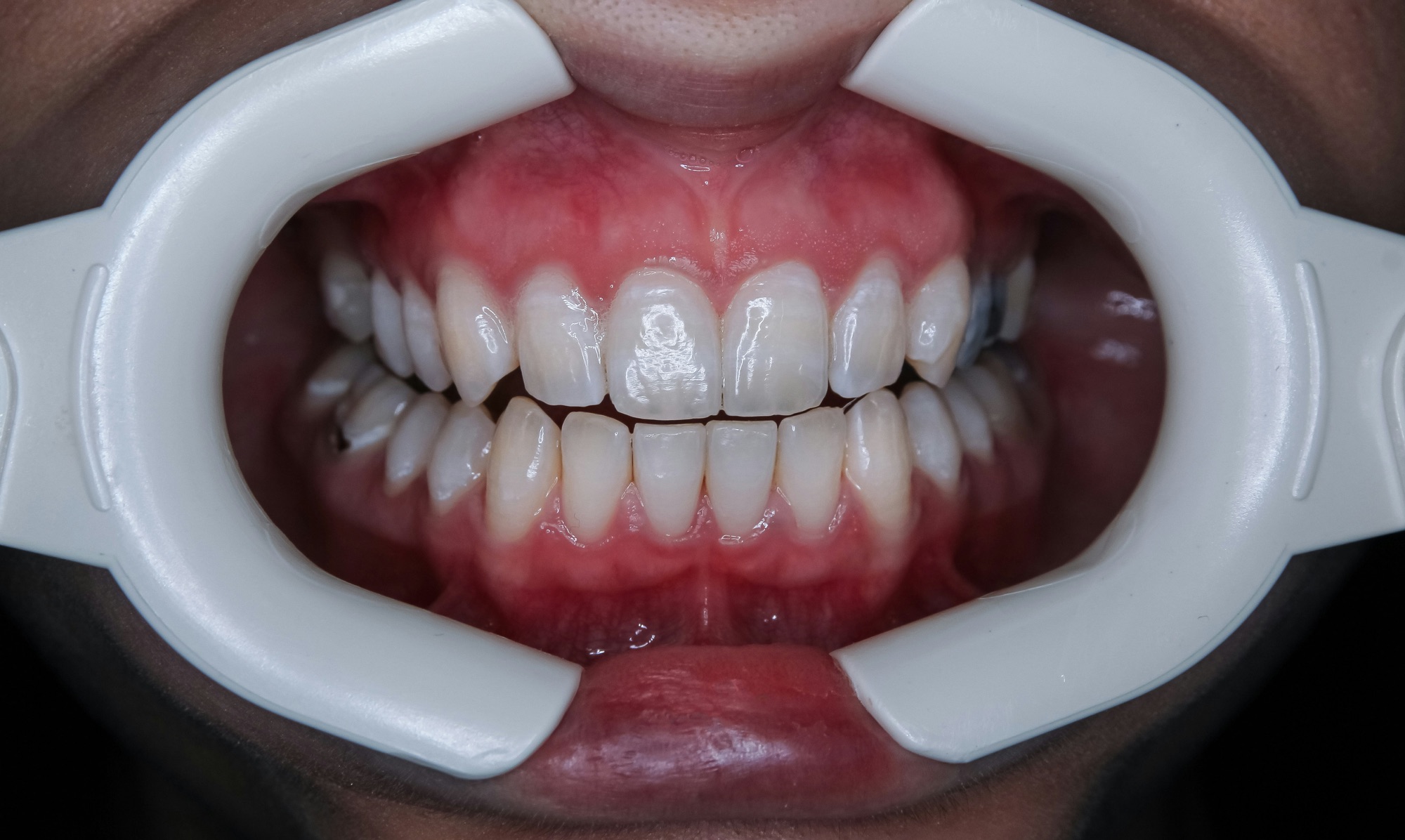The vagus nerve is one of the longest and most important nerves in the body, connecting the brain to various organs, including the heart, lungs, and digestive system. It plays a critical role in the parasympathetic nervous system, which is responsible for promoting relaxation, reducing stress, and managing essential bodily functions like digestion and heart rate. When the vagus nerve is properly stimulated, it helps the body achieve a state of balance and calm, reducing inflammation, improving mood, and enhancing overall well-being.
While there are medical treatments to stimulate the vagus nerve, many natural methods can also enhance its activity. Below are 10 proven ways to naturally stimulate the vagus nerve and improve your physical and mental health.
1. Deep and Slow Breathing
Deep, slow, diaphragmatic breathing is one of the most effective ways to stimulate the vagus nerve. When you engage in slow, deep breaths, it signals to your nervous system that your body is in a relaxed state, reducing the activity of the sympathetic (fight-or-flight) system and promoting the parasympathetic (rest-and-digest) system. This is largely mediated by the vagus nerve.
How to Practice Deep Breathing:
- Breathe in slowly through your nose for a count of four, allowing your abdomen to expand.
- Hold the breath for a brief moment.
- Exhale slowly through your mouth for a count of six or more, focusing on lengthening the exhalation.
- Repeat this process for several minutes, aiming to slow down your breathing rate to about six breaths per minute.
This method can help lower heart rate, reduce blood pressure, and enhance overall vagal tone. It’s especially useful in times of stress or anxiety, as it triggers the relaxation response in the body.
2. Cold Exposure
Exposure to cold temperatures is a well-researched way to activate the vagus nerve and stimulate the parasympathetic nervous system. Cold exposure, particularly to the face or neck, activates the “diving reflex,” which helps slow the heart rate and increase vagal tone. Cold showers, splashing cold water on your face, or even cold swimming can have beneficial effects.
How to Use Cold Exposure:
- Cold Showers: Gradually end your regular warm shower with 30 seconds of cold water. Over time, try to extend this to 1-2 minutes.
- Splashing Cold Water: Splash cold water on your face and neck, especially when feeling stressed or anxious.
- Cold Packs: Apply a cold pack or a cold compress to the back of your neck or face for a few minutes to stimulate vagus nerve activity.
Research suggests that regular exposure to cold can improve vagal tone, enhance resilience to stress, and reduce inflammation.
3. Humming, Chanting, or Singing
The vagus nerve is connected to the vocal cords and the muscles at the back of the throat. Activities like humming, chanting, singing, or even gargling stimulate these muscles, which in turn can activate the vagus nerve. These vocal exercises increase the flow of oxygen, reduce stress, and promote relaxation by stimulating parasympathetic activity.
How to Use Your Voice:
- Humming: Sit in a relaxed position and hum softly for a few minutes. Focus on the vibration in your throat and chest.
- Chanting or Mantras: Chanting sounds like “Om” or repeating calming mantras can be highly effective in activating the vagus nerve.
- Singing: Singing your favorite songs loudly can also stimulate the vagus nerve, particularly when done in a joyful or relaxing setting.
These vocal practices help calm the nervous system and promote a sense of well-being.
4. Yoga and Gentle Exercise
Yoga and gentle physical activity have been shown to naturally stimulate the vagus nerve by promoting relaxation and improving heart rate variability, which is an important indicator of vagal tone. Yoga, in particular, incorporates breathing exercises (pranayama), stretching, and movement, all of which stimulate the vagus nerve.
Yoga Practices for Vagal Stimulation:
- Hatha yoga: Slow, controlled movements combined with deep breathing can stimulate the vagus nerve.
- Restorative yoga: This type of yoga focuses on relaxing postures that help calm the nervous system and promote parasympathetic activity.
- Poses like child’s pose, bridge pose, and corpse pose are especially beneficial for stimulating the vagus nerve.
Even light aerobic exercise, such as walking, can improve vagal tone by increasing heart rate variability and reducing stress hormones.
5. Meditation and Mindfulness
Meditation and mindfulness practices are powerful tools for stimulating the vagus nerve. Regular mindfulness practice helps shift the body into a parasympathetic-dominant state, lowering stress levels, and promoting feelings of relaxation and calm. Meditation activates parts of the brain that are connected to the vagus nerve, such as the insular cortex and prefrontal cortex, which helps regulate the body’s stress response.
How to Practice Meditation for Vagal Tone:
- Mindfulness Meditation: Focus on your breath, body sensations, or sounds in your environment. When your mind wanders, gently bring your attention back to the present moment.
- Loving-kindness meditation: This form of meditation involves focusing on sending compassion and kindness to yourself and others. Research shows it can increase vagal tone and improve emotional resilience.
By practicing mindfulness regularly, you reduce stress, improve your body’s response to challenging situations, and promote overall health by stimulating the vagus nerve.
6. Intermittent Fasting
Intermittent fasting, or controlled periods of food restriction, has been linked to improved vagal tone and a more balanced parasympathetic nervous system. Fasting triggers the body’s natural stress response in a controlled way, which enhances the function of the vagus nerve and promotes autophagy—a process that helps the body remove damaged cells and regenerate new ones.
How to Incorporate Intermittent Fasting:
- Start with a simple fasting window, such as 16:8 (16 hours of fasting and an 8-hour eating window).
- Drink plenty of water and herbal teas during your fasting period to stay hydrated.
- Gradually increase your fasting period as your body adjusts.
While intermittent fasting can be beneficial, it’s essential to consult with a healthcare provider before starting, especially if you have underlying health conditions.
7. Laughter
Laughter is a powerful, natural way to stimulate the vagus nerve. When you laugh, it triggers the release of endorphins, relaxes your muscles, and activates the parasympathetic nervous system. Laughter has been shown to increase heart rate variability and reduce stress, which helps improve vagal tone.
How to Use Laughter for Vagal Stimulation:
- Engage in activities that make you laugh, such as watching a funny movie, reading a humorous book, or spending time with friends who lift your spirits.
- Try laughter yoga, a practice that combines voluntary laughter with deep breathing exercises to stimulate the vagus nerve and promote a feeling of well-being.
Laughter not only improves mood but also reduces the stress response, leading to better vagal function.
8. Massage, Especially Neck and Foot Massage
Massage therapy, particularly in areas near the vagus nerve, such as the neck, can be an effective way to activate the vagus nerve. Foot massages and acupressure are also linked to vagal stimulation, as they help promote relaxation, reduce stress, and enhance parasympathetic nervous system activity.
How to Use Massage for Vagal Stimulation:
- Neck Massage: Gently massage the sides of your neck to stimulate the vagus nerve and promote relaxation.
- Foot Reflexology: Foot massages or pressure on specific reflex points can stimulate the vagus nerve and reduce tension.
- Facial Massage: Light pressure applied to the muscles around the jaw and temples can help activate the vagus nerve and relieve stress.
Massage, whether self-administered or performed by a professional, is a great way to relax your body and enhance vagal tone.
9. Probiotics and Gut Health
The gut-brain connection is closely linked to the vagus nerve. Maintaining a healthy gut can positively affect vagal tone and overall nervous system function. Consuming foods rich in probiotics, such as yogurt, kefir, sauerkraut, and other fermented foods, helps balance the gut microbiome, which can in turn stimulate the vagus nerve.
How to Improve Gut Health:
- Incorporate fermented foods into your diet, such as kimchi, kombucha, or miso.
- Take a high-quality probiotic supplement to boost gut bacteria diversity.
- Eat a fiber-rich diet to support gut health and improve communication between the gut and brain via the vagus nerve.
Maintaining a healthy gut environment is crucial for optimal vagal function and overall health.
10. Social Connection and Physical Touch
Positive social interactions and physical touch—such as hugging, holding hands, or spending time with loved ones—can stimulate the vagus nerve. Social bonding and physical connection release oxytocin, a hormone that promotes feelings of love and security, which activates the parasympathetic nervous system.
How to Stimulate the Vagus Nerve through Social Connection:
- Spend quality time with friends, family, or pets to strengthen emotional connections.
- Engage in physical touch, such as hugging, cuddling, or holding hands, which naturally stimulates the vagus nerve and increases vagal tone.
- Practice gratitude and empathy in your interactions with others, as these behaviors can promote relaxation and vagal stimulation.
By nurturing social bonds and engaging in physical affection, you can improve vagal tone, enhance mood, and foster a sense of well-being.
Conclusion: The Importance of Vagus Nerve Stimulation
The vagus nerve plays a central role in regulating many vital bodily functions, from heart rate to digestion and emotional regulation. When the vagus nerve is functioning optimally, it supports relaxation, stress reduction, and overall health. The natural methods discussed in this article—such as deep breathing, cold exposure, meditation, and social connection—are simple but effective ways to stimulate the vagus nerve and improve your quality of life.
By incorporating these practices into your daily routine, you can enhance your vagal tone, reduce stress, and promote better physical and mental health.






